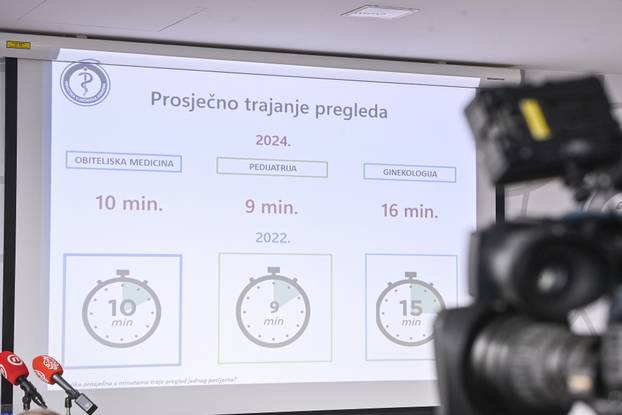The rise said without an analogy

« It is extremely misleading when this tax increase is disguised as a so -called correction. This indicates that something has been wrong and needs to be corrected. That is not the situation, » says Gunnþór Ingvason, CEO of Síldarvinnslan hf. in a memorandum that the company publishes in the Exchange announcement.
There, he says the bill by Hanna Katrín Fridriksson, the Minister of Industry, creates incentives for the separation of fishing and processing, which has been the basis of the value increase and profitability of the Icelandic fisheries sector.
« As the case is today, fisheries companies need to respond to the announced amendments to the Fishing Fees Act with optimization and layoffs on people, as well as investment and renewal will sit on the chin. very different, ”says Gunnþór.
Taxation
The CEO completely rejects the fact that the fisheries companies that operate both processing and fishing and conduct internal trading with catches decide the price of catches entirely itself. « Such talk is not justified, » he says, saying that the bill includes « over -taxation of the Icelandic pelagic industry. This does not have an analogy among other fisheries in the world. »
« The pricing of pelagic catch from a ship is based on a minimum of 33% of product value is paid for human consumption and 55% for smelting fish. Wrong, ”explains Gunnþór.
A significant impact on margin fishing
He points out that the prerequisites for amended fishing fees include major defects and draws attention to the fact that the export value of mackerel does not cover the reference prices that the bill proposes to be the basis of the tax levy on the species.
Based on the imposition of last year’s fishing fees, mackerel fees would be just over 1,700% more than was the case.
The memorandum contains calculated scenarios for the pelagic vessel Barkar NK by 2025 and is based on about 50 thousand tonnes of catch and two billion krónur income from the fishing. Unchanged, about 27% of income would go into wages and salary-related expenses, 22.3% in energy costs and 15.7% in fishing fees, while 16.7% revenue would go to other costs such as landing and port fees and costs for fishing gear and maintenance. The margin of fishing berries would therefore be 18.3% or just under ISK 372 million.
However, with a changed fee under the government’s bill, fishing fees would be the largest cost, or about ISK 669 million, which is about 32.9% of the fishing income. The margin would then be only 1.1% or just over ISK 22 million.
Familiar with facts
« It is important for politicians to study the facts of the case, what changes are being announced and what the impact of the changes can be.
He clearly states that large -scale fishing fees will come down to the inhabitants of Fjarðabyggð, where there are, as well as the Síldarvinnslan fisheries companies Eskja and the capelin processing SME, the pelagic species.
« There is no need to doubt that the increase in fishing fees on these three companies in Fjarðabyggð of three billion will be bitten by their development, not to mention other companies and services in Fjarðabyggð that rely on the companies.








